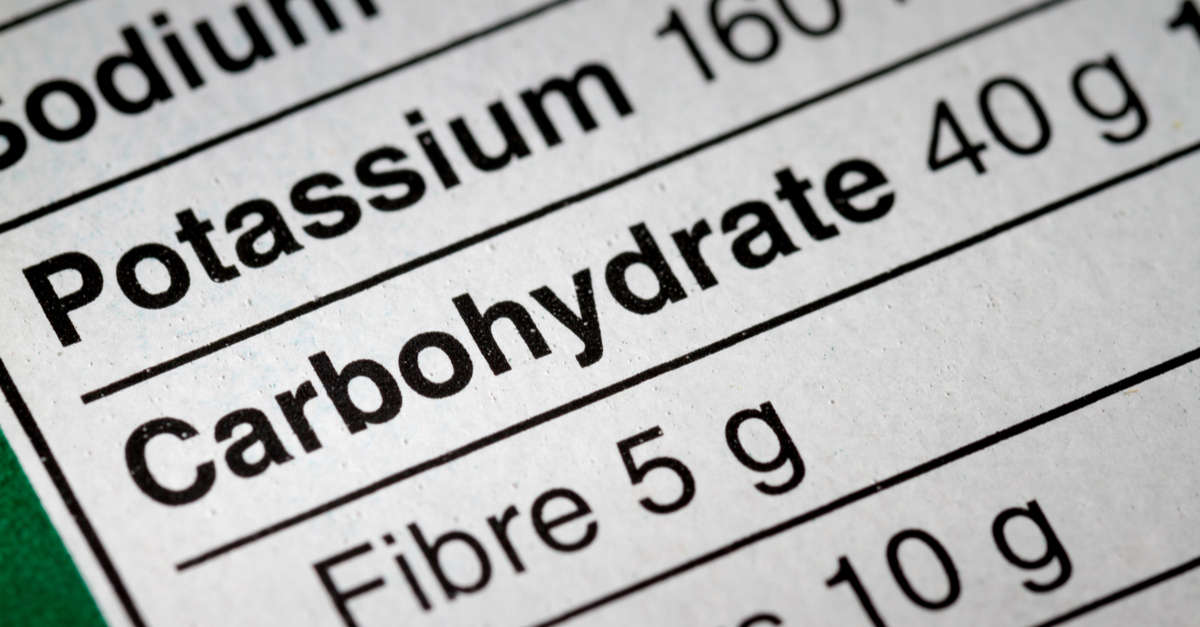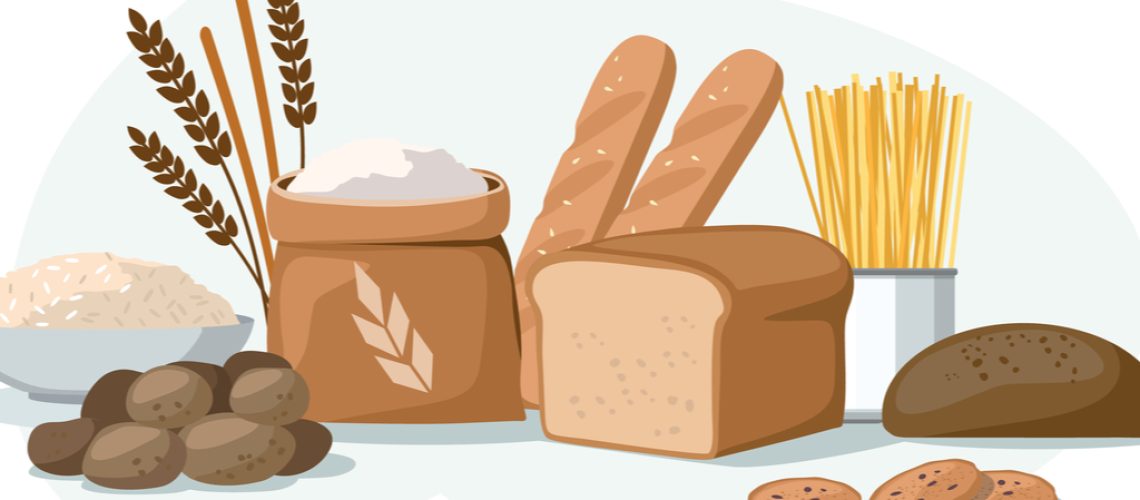Determining Your Body’s Carbohydrate Tolerance
Understanding how many carbs you should have in a day is really determined best by your Carbohydrate Tolerance. In other words, how much glucose can your body use? … and what are the metabolic ramifications if you consume too many carbohydrates?
You can begin to evaluate your Carbohydrate Tolerance by looking at some of the values from your annual physical exam. If your blood value for fasting blood glucose (FBG) is > 100 mg/dL, or your triglycerides (TG) are > 150 mg/dL, or your A1c is > 5.7, or if your blood value during the two hours after a meal exceeds 140 mg/dL, these are all indications of abnormal glucose metabolism, and that you are regularly exceeding your body’s ideal Carbohydrate Tolerance.

So how can you figure out how many carbs you should have in a day? There are two important considerations. 1.) How much glucose do you need per day and 2.) how much glucose can your body handle at each meal?
Daily Recommended Carb Intake
Let’s begin with the total daily amount. Remember the RDA is set at 130 grams based on your body’s minimum needs, at rest. Beyond the RDA, your carbohydrate needs are associated with muscle movement (really your activity level). The amount of glucose used by muscle during activity ranges from about 20 grams for an hour of walking up to 70 grams for an hour of intense running. If you walk 10,000 steps daily, you add 75 to 100 grams to your daily carbohydrate needs (i.e. 130 + 100 = 230 grams).
If you sit at a desk and only accumulate 1000 steps, you probably only need an additional 15 to 20 grams (130 + 20 = 150 grams). Remember, the average American is eating over 300 grams of carbohydrates each day. That amount of carbohydrates requires at least 2 to 3 hours per day of heavy exercise.
Your Carb Intake at Mealtime
The second aspect of Carbohydrate Tolerance is amount per meal. Remember, the definition of diabetes is having blood glucose too high and specifically too high when measured after a meal. That means, we must think about how the body uses or disposes of carbohydrates after a meal.
There are four ways the body can dispose of carbohydrates after a meal. The first is the obligatory uses by the brain and RBC that we have discussed and the second is storage as glycogen. These two routes for using carbohydrates are normal but only account for about 40 grams of carbohydrates.
If you are sedentary, 40 grams of carbohydrates is likely your maximum meal Carbohydrate Tolerance. But most Americans are consuming 50 to 100 grams of carbohydrates at every meal. For example, a quarter-pound burger with fries or a deli sandwich with chips contain 80 to 100 grams of carbohydrates. That means the average adult needs to dispose of 50 to 60 grams of carbohydrates after a meal beyond their minimum needs for brain and RBC and potential for glycogen storage.
Because of the dangers associated with excess blood glucose, the body has two additional ways to dispose of carbohydrates after a meal. As blood sugar begins to rise, the pancreas releases more insulin that facilitates the movement of glucose into muscle and fat.
The increase in blood insulin and glucose will stop the muscles from burning the preferred fat fuel and the muscles shift to burn the excess glucose. This is an important point, excess glucose (ie. dietary carbohydrates) stops the body from burning fat and leads to fat storage.

Finally, if the shift in muscle metabolism from fat to glucose is not enough to stabilize blood sugar after the meal, the liver will begin to convert carbohydrates into fat. These new fats that are made in the liver are then packaged into transport units called triglycerides which move these new fats through the blood to be stored in your body fat. If you are exceeding your Carbohydrate Tolerance, you will develop the pre-diabetes symptom of elevated blood triglycerides (TG), meaning you will have TG > 150 mg/dL and ultimately may develop the serious condition known as fatty liver. These are conditions leading to diabetes.
Match Your Carb Intake to Your Activity Level
Your Carbohydrate Tolerance requires that you learn to match your dietary carbohydrate intake with your exercise needs for carbohydrate fuel. The range for carbohydrate use is from about 20 grams per hour for mild exercise up to about 70 grams per hour for intense exercise.
With our Metabolic Transformation, we teach people to understand food choices associated with the minimum RDA of 130 grams of glucose, and then to relate their daily activity to additional carbohydrate needs. If you do little daily physical activity, the RDA of 130 grams of carbohydrates may be your maximum Carbohydrate Tolerance.

